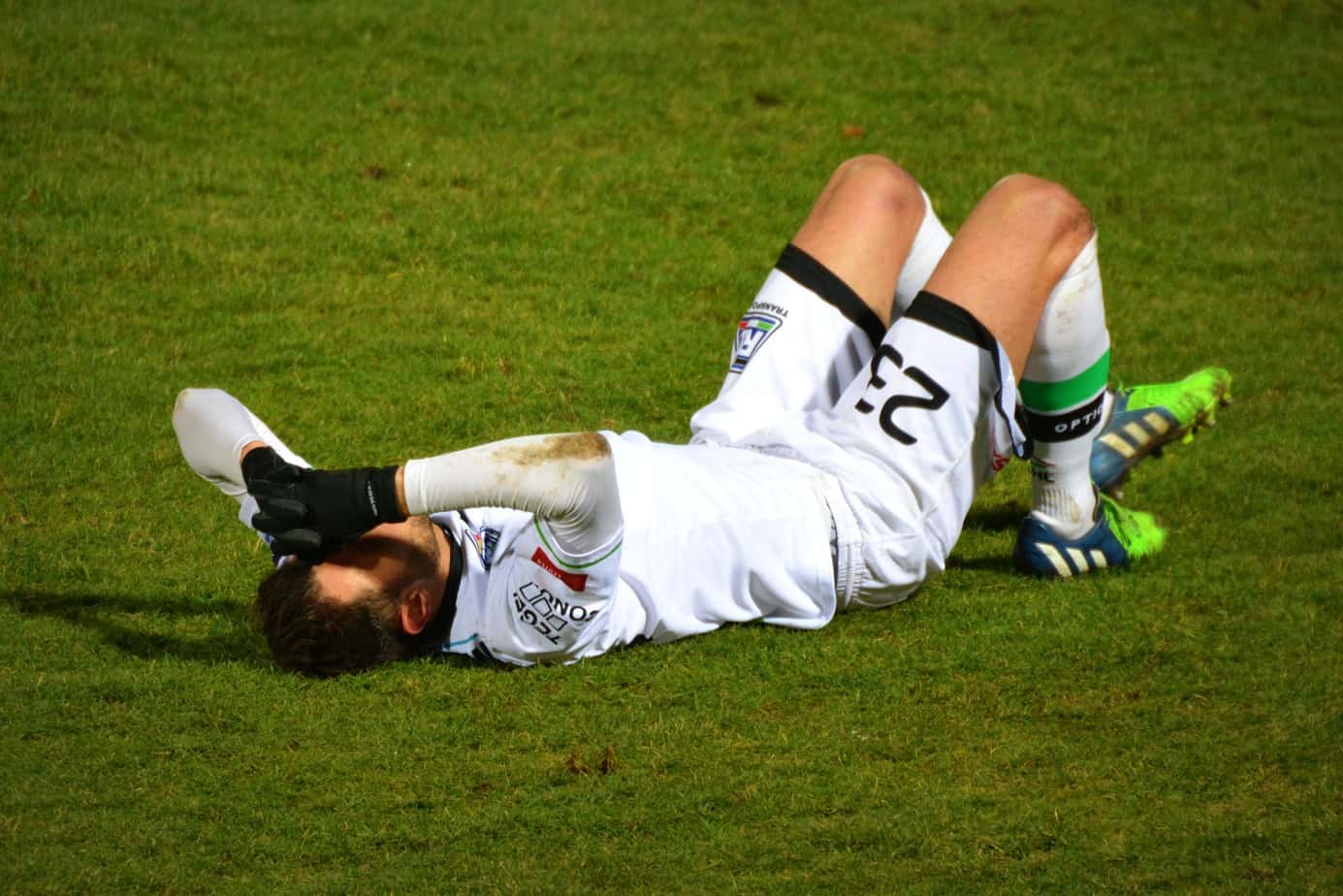Your weekly research review
Contents of Research Review
- Background & Objective
- What They Did
- What They Found
- Practical Takeaways
- Reviewer’s Comments
- About the Reviewer
- Comments

Background & Objective
Most acute hamstring strains which occur during sprinting involve the long head of the biceps femoris (BFlh) and the known risk factors for hamstring strain include age, strength deficits, flexibility, and fatigue. Additionally, a history of hamstring strains is a strong predictor. As such, it is necessary to investigate if there are activation deficits of the hamstring muscles and alternations in kinematics during maximum effort sprinting when hamstring strain has occurred.
Therefore, this study investigated the EMG activity of the BFlh and gluteus maximus (Gmax) muscles and the kinematic characteristics during overground sprinting in track athletes who had returned to sport following hamstring strain.
What They Did
For the purposes of this study, a hamstring strain was defined as an acute pain that was sustained during training or competition that prevents the player from participating in training or competition for at least a week. The time period after injury ranged from 2-61 months, with 1-6 months taken to return-to-sport of ten male college sprinters (age = 19.9 ± 0.3 yr) with a history of unilateral hamstring strain injuries.
Each participant performed a maximal effort sprint with passive markers and electrodes attached to their body to provide 3D kinematic data and EMG of the BFlh and Gmax muscles. After the sprinting trial, concentric strength assessments of bilateral hip and knee flexors and extensors were performed on a Cybex Isokinetic Dynamometer. Three consecutive maximum voluntary contractions were performed at velocities of 60°/s and 180°/s with 30 sec rest between sets.
What They Found
The key findings of this study included:
⇒ Mean sprinting velocity was 9.39 ± 0.17 m. s -1 .
⇒ No significant inter-limb differences were found in concentric strength.
⇒ During late swing phase, the activity of the BFlh in the previously injured leg was significantly lower than that in the uninjured limb.
⇒ Significant inter-limb differences were not noted in the Gmax muscle activation.
⇒ Knee flexion angle was significantly higher in the previously injured leg than the uninjured leg at 78 -82% of the sprinting gait cycle (one stride, late swing phase).
⇒ The BFlh length demonstrated significant reduction in the previously injured limb compared to the uninjured limb during late swing phase, while hip and knee torque during the sprinting gait cycle demonstrated no significant differences between limbs.
Practical Takeaways
The inter-limb difference observed in this study may reflect a shorter optimal fibre length of the previously injured hamstring muscles, indicating the BFlh had not fully recovered completely despite rehabilitation. Additionally, previous research has shown significantly lower eccentric knee flexion torque in the extended knee position (see HERE). This might suggest the importance of evaluating the function of the hamstring muscles, particularly during eccentric contraction in the lengthened position.
However, this is often not possible in sporting environments due to time and budget. Perhaps taking an interventional approach as in this case study (see HERE), where the weaker leg was targeted through extra hip extension work 3x/week for 6 weeks. Instead of targeting exclusively hip extension, the focus could be shifted towards eccentric hamstring contractions at long muscle lengths. For example, you could add 2x/week focused training as such:
Day 1: “Strength” Emphasis:
A1) Single Leg Romanian Deadlift 3-4×6-9.
B1) Single Leg Isometric Hamstring “Bosch” 3-4×5+5+5 sec.
Day 2: “Velocity” Emphasis:
A1) Alex Natera style cable 45° knee flexion performed with rapid ECC/
CON 3-4×5-8 (see HERE).
B1) Single Leg Drop Catch Back Extension 3-4×3-6 (see HERE).
Reviewer’s Comments
“Even though the exact location of the hamstring strains could not be identified, all of the participants showed decreased BFlh muscle activity which suggests that most sprinting type hamstring strains occur in the BFlh. Interestingly, concentric strength was not affected by previous injury, though running kinematics were. This may provide practitioners with improved rehabilitation strategies to effectively reduce the risk of re-injury.
Whether these particular athletes were more prone to injury is difficult to assess as they had a range of 2-61 months since their injury. Perhaps the sprinting itself, regardless of the altered kinematics acted as a potential vaccine to hamstring re-injury”.
Want to learn more?
Then check these out…
Watch this video
Read this article
Read this article
Listen to this podcast
The full study can be read here.


